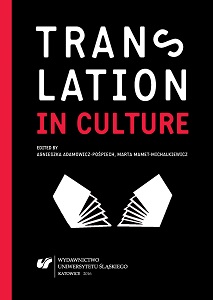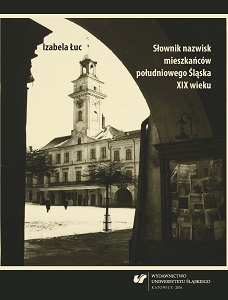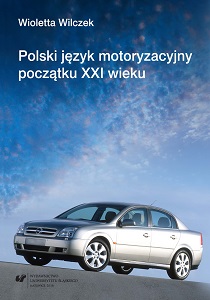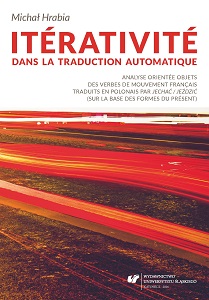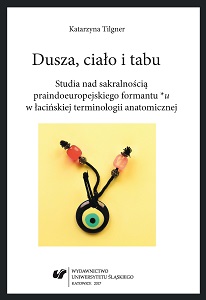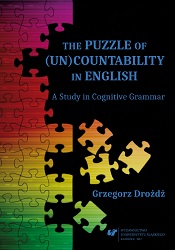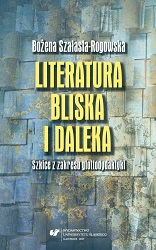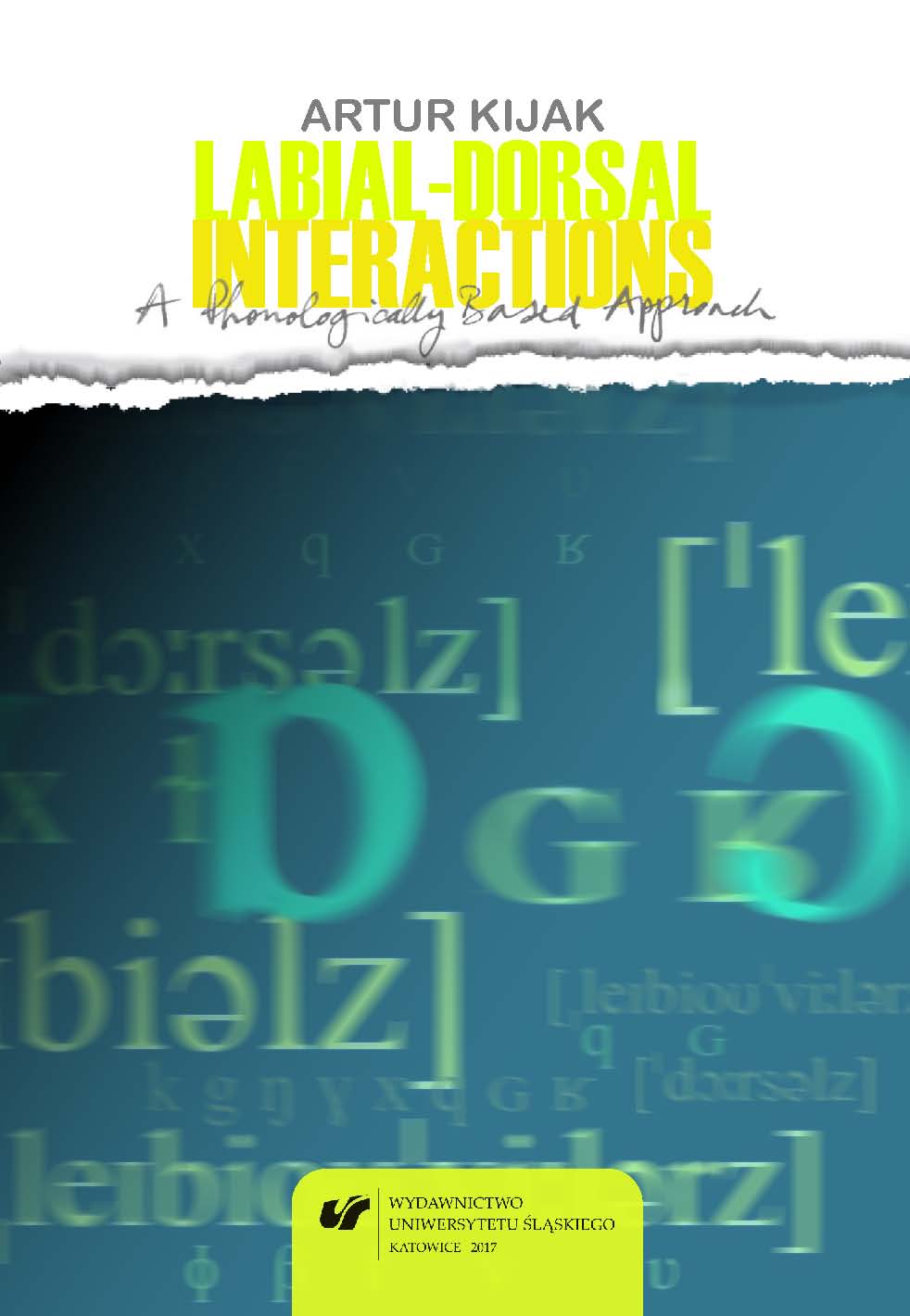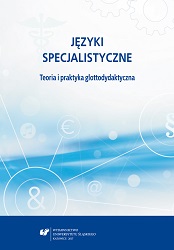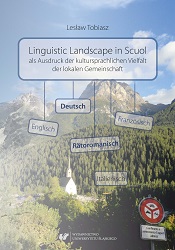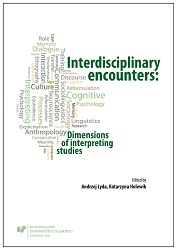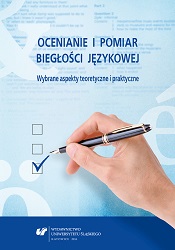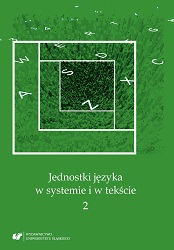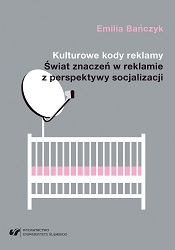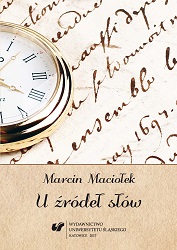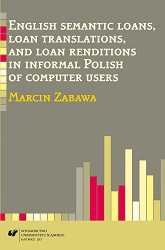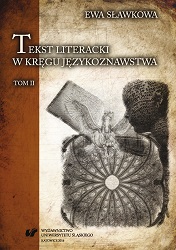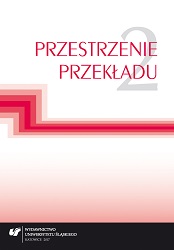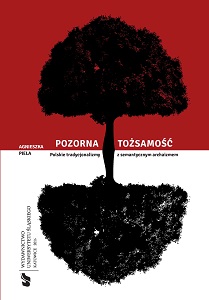
Apparent identity. Polish traditionalisms with semantic archaisms
Pozorna tożsamość. Polskie tradycjonalizmy z semantycznym archaizmem
Keywords: Polish traditionalisms; semantic archaisms; modern Polish; design verbal
The fundamental purpose of this dissertation is a description of chosen modern word constructions that include semantic archaism. In the limelight are phrasemes, proverbs, compositions and notions which can be called specific language units. Lexical component – archaism or its meaning decides about its specific character. Word constructions elaborated here do not carry the explicit traces of archaic nature. They appear to be modern, identical and nondescript. It approves that the traces of historical presence in modern Polish language are not easily detected, sometimes they may be unnoticed, hidden or even unconscious. For the purpose of this paper, such constructions are named traditionalisms (in opposition to constructions without historic language forms in its composition). The description of preserved to present day semantic units serves as a stimulus for wider thinking about “strength” and “resistance” of former word meanings, types of meaning shades recorded in compositions, reasons for the durability of phrasemes that contain an archaic element and the lack of stabilization of others or reinterpretation processes. The fact that such words kept their ancient meanings in word constructions does not necessarily imply that their meanings are permanent and unforgettable. It may happen that word constructions with a historic language element are now understood differently because of the up-to-date interpretation based on the present meaning of the notion, or may sometimes undergo semantic or even formal modifications. In this paper I connect the diachronic description with the synchronic one. The historical perspective, that allows to reach former, original sense of words, gives also the possibility to observe changes that emerged in the referred phrasemes over the centuries. In contrast, the synchronic perspective, in general, allows to capture linguistic facts that coexisted in a particular period. Herein, I discuss separately each word construction with semantic archaism and show its history in Polish language. The method chosen to present the research is a result of difficulties in segregation of the material into bigger semantic groups, categories or word-formative types. It relates to the fact that the stabilization of multi-faceted linguistic units does not depend on the particular types of meaning shades in compositions or their structure, or affiliation to some parts of speech, but that constructions in which given word appears are still needed and nowadays used by Polish speakers. Above all, in this thesis I concentrate on Polish phrasemes with semantic archaisms that abide with the passage of time. Furthermore, I write about the word units which have a recessive character as well as recall extinct word constructions. The methodical observation of the exemplification material leads to the conclusion that word constructions are changeable at each progress stage. It can be clearly seen while looking at the problem from a wider time perspective. Therefore, it is hard to foresee the future of semantic traditionalisms in Polish language and the determine units that will stand the test of time.
More...
